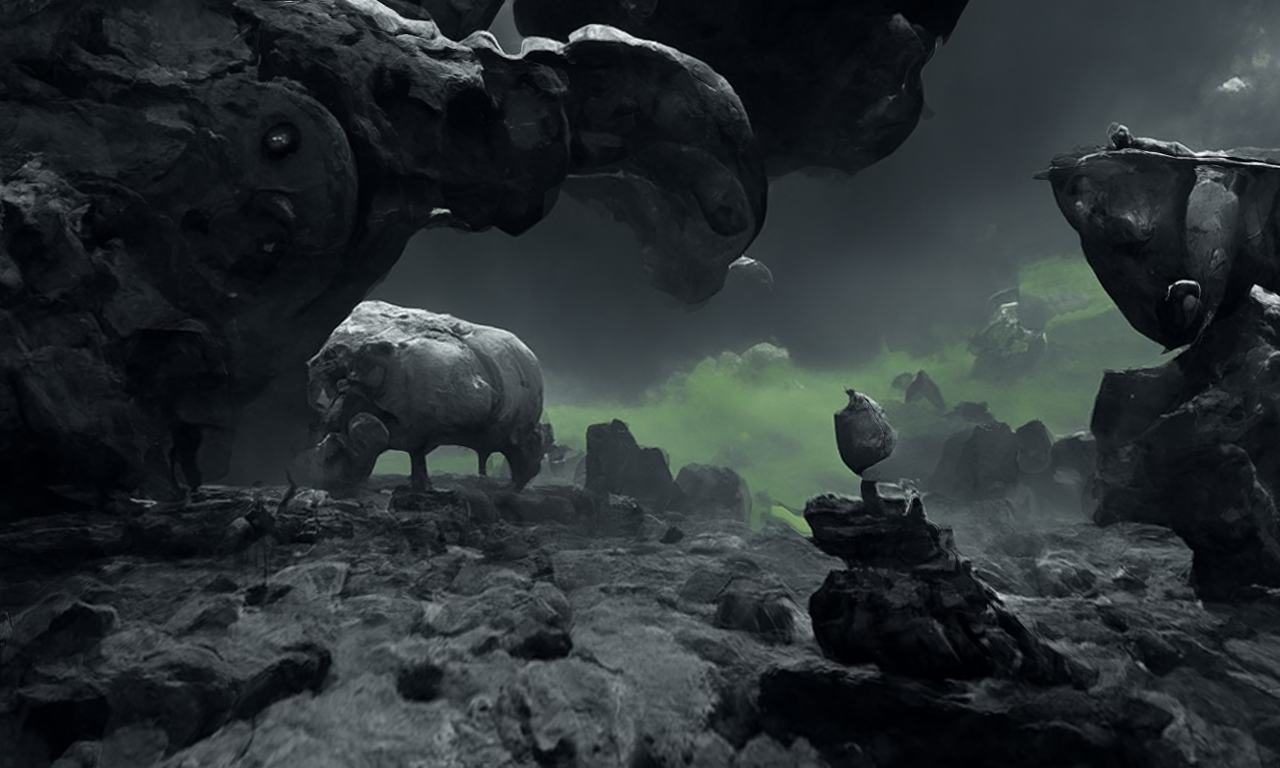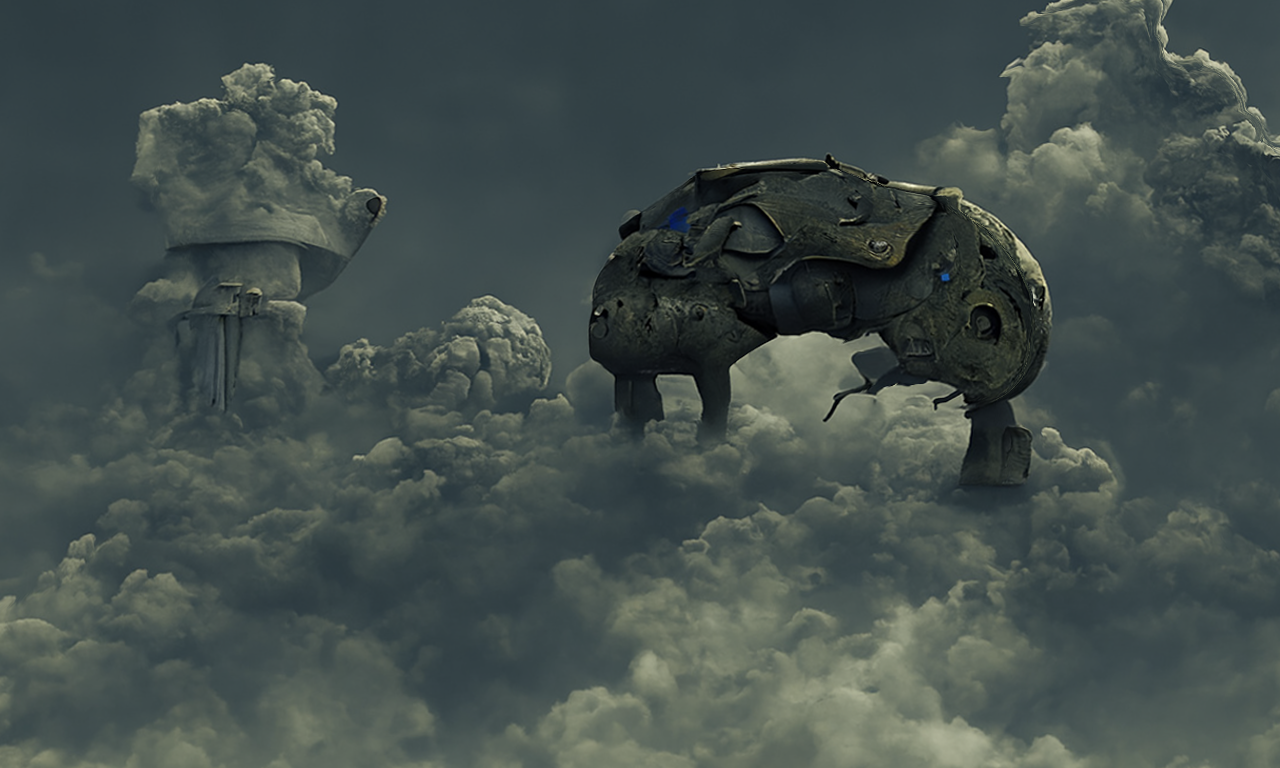“autopoiesis” 2022
Computer-generated video (3D and Digital Painting-Based AI-Generated Video)
This project is part of a series of videos that explore, with an experimental intent, the ideas of Chilean biologists Humberto Maturana and Francisco Varela regarding automation systems and their connection to AI image-generating machines. "autopoiesis" attempts to visualize the structure and organization of a system based on a particular type of dynamic deep machine learning network, which emulates the processes of reproduction and homeostasis of a living being. In this way, it constructs its own environment and self-organizes into an "autopoietic machine," an image composition machine that "gives birth" to forms and transforms them in an ongoing cycle of birth and death.
This concept of autopoiesis, is central to Maturana and Varela's theory of living systems. They argued that living systems are self-organizing and self-maintaining, and that they create their own boundaries and interactions with the environment. This is in contrast to non-living systems, which are not self-organizing and must rely on external sources for their organization and maintenance.
In the context of AI image generation, autopoiesis can be seen as a way of creating images that are more organic and self-generated. By using dynamic deep machine learning networks that mimic the processes of living systems, it is possible to create images that are not simply replicas of the real world, but are instead unique and emergent from the network's own internal dynamics.
The AI-driven video "autopoiesis" is an example of this approach. The network is trained on a dataset of images of nature, and then it is allowed to generate its own images. The result is a series of images that seem to have their own internal logic and order.











